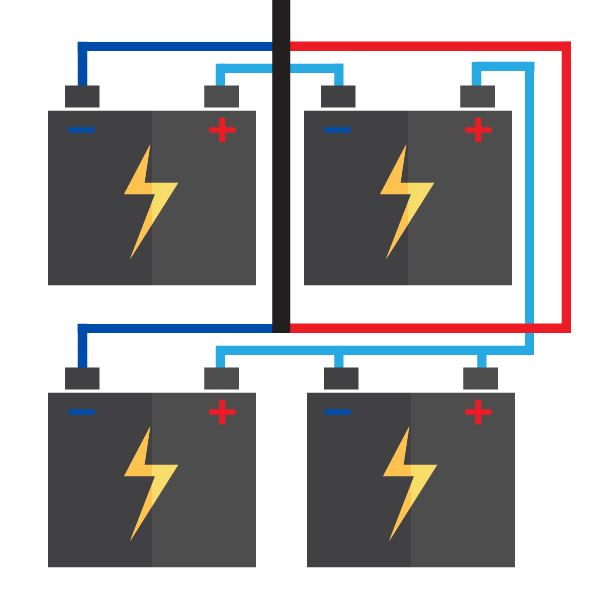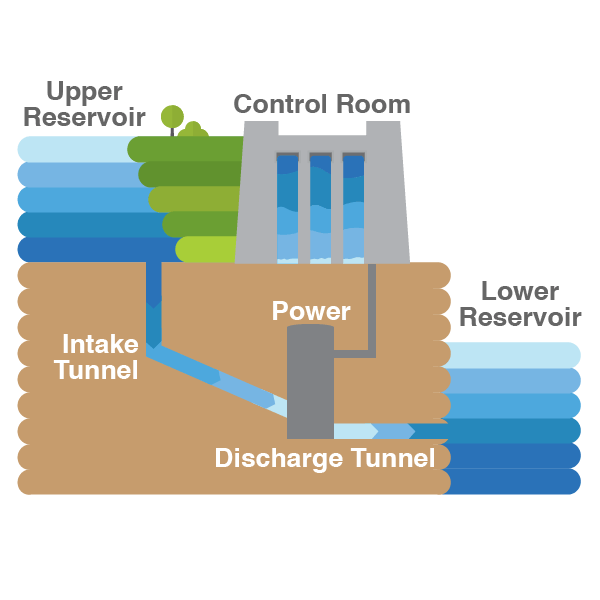NCSEA’s Energy Storage Program works to ensure North Carolina will deploy energy storage to deliver affordable, clean, and reliable electricity where and when it is needed.
Examples of Energy Storage May Include:
Batteries
Batteries are energy storage devices that convert chemical energy into electrical energy through oxidation.
Mechanical Storage
These technologies capture electrical energy with kinetic or gravitational forces until the electricity is needed.
Thermal Storage
Electric energy is transformed and stored usually as heat. For example, some air conditioning systems produce ice at night which is used to cool buildings the next day as it melts.
Pumped Hydroelectric Storage
Water pumped uphill to a reservoir which can be released through a dam to generate electricity.
The Stats on Energy Storage in North Carolina:
Reports on Energy Storage:
Batteries Included
Identifying and Approaching Barriers to Batteries on the Grid
Clean, Affordable, Reliable
A Plan for Duke Energy’s Future in the Carolinas
North Carolina’s Clean Energy Future
An Alternative to Duke’s Integrated Resource Plan
Battery Energy Storage Overview
Business & Technology Report
Donate now to support energy
storage in North Carolina.
Search NCSEA's Business Member Directory for energy storage non-profits and businesses near you!







